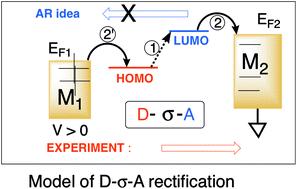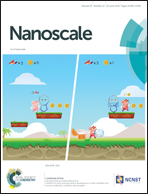Quo vadis, unimolecular electronics?
Abstract
This paper reviews the present status of unimolecular electronics (UME). The field started in the 1970s with a hope that some day organic molecules (∼2 nm in size), when used as electronic components, would challenge Si-based inorganic electronics in ultimate-high-density integrated circuits. The technological push to ever smaller inorganic device sizes (Moore's “law”) was driven by a profit motive and by vast investments. UME, the underfunded pauper, may have lost that “race to the bottom”, but some excellent science is left to be done.

- This article is part of the themed collection: Recent Review Articles


 Please wait while we load your content...
Please wait while we load your content...